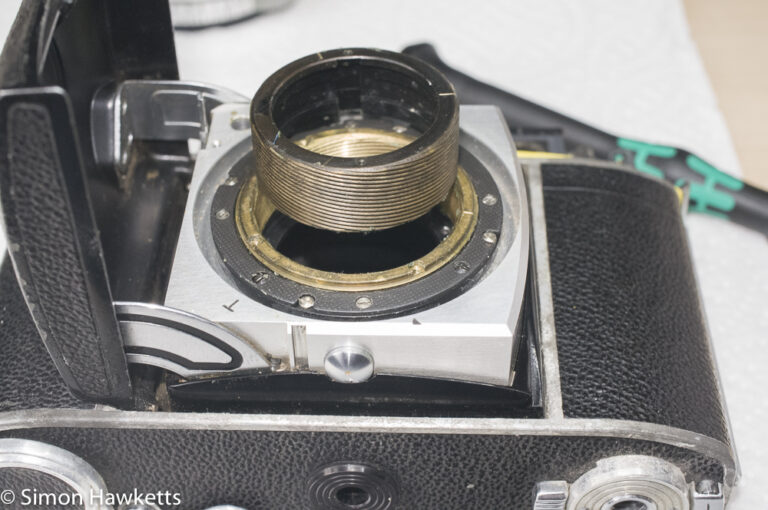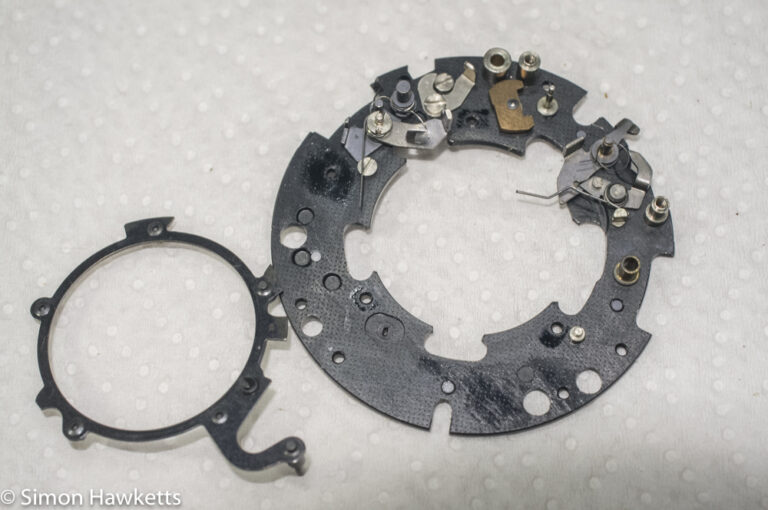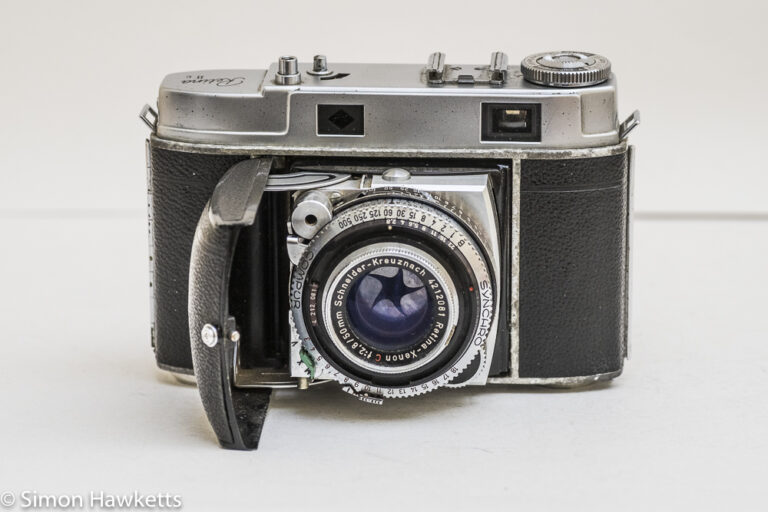Cleaning the Compur Synchro shutter from a Kodak Retina IIc rangefinder camera
In my last post I described how I removed the shutter from my Kodak Retina IIc camera, and in this post I’m going to describe how I stripped down and cleaned the slow speed regulator and self-timer on the compur synchro shutter.
Although I have carried this procedure on other compur shutters, I still found a lot of guidance for this on the retina rescue site and I would recommend anyone who needs to work on these cameras to pay a visit to that site.
Compur Synchro shutter cla images
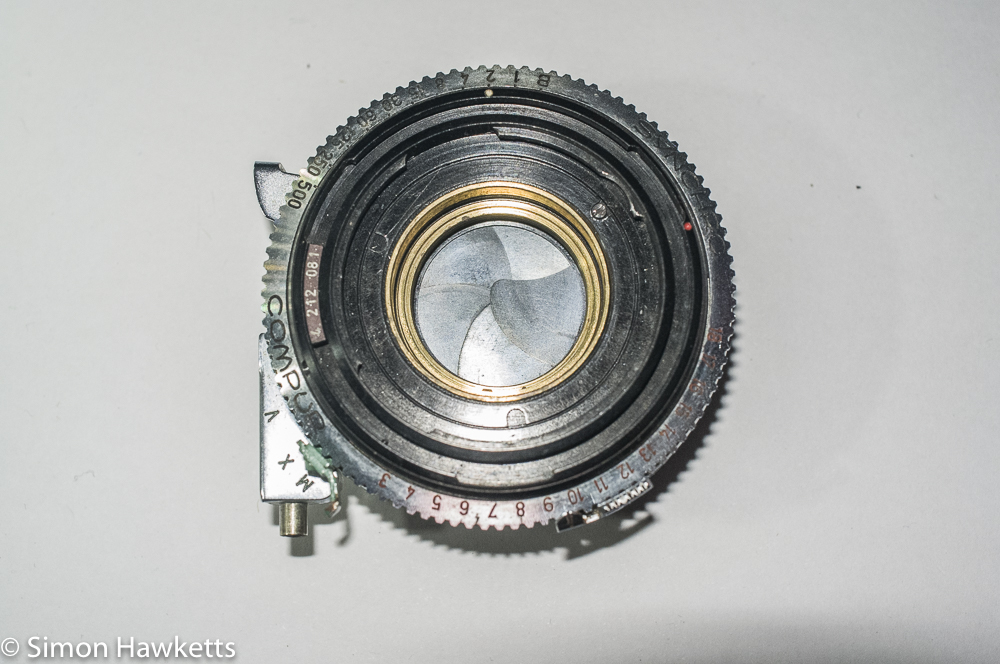
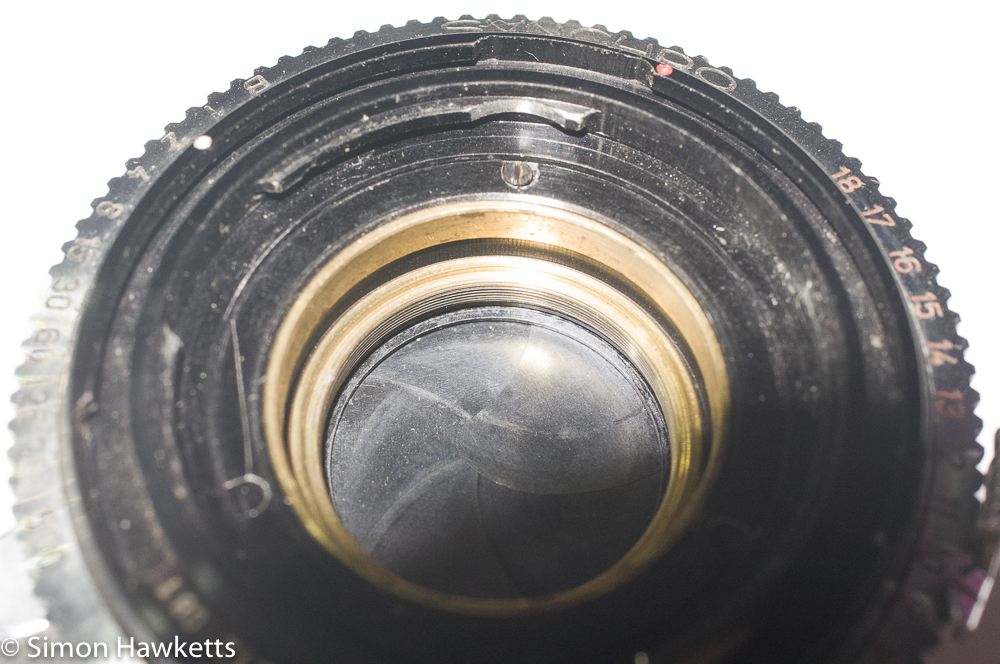
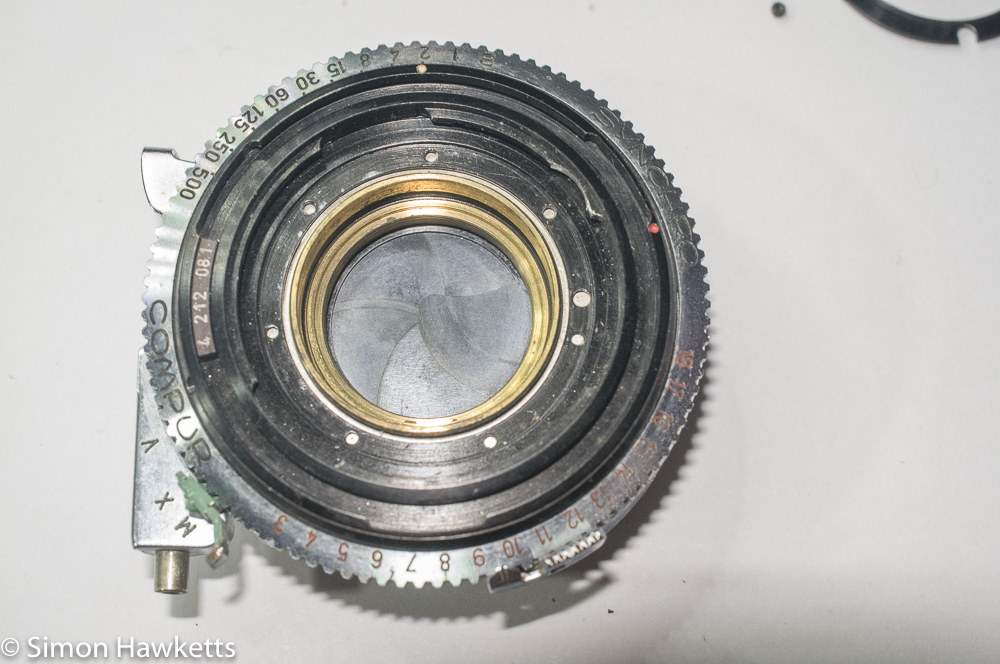
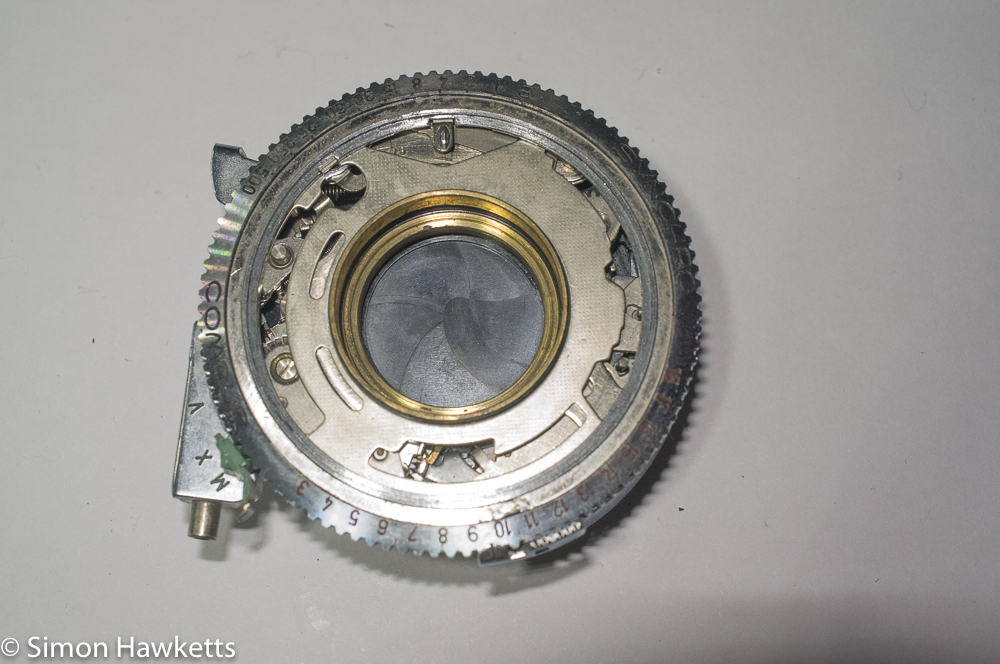
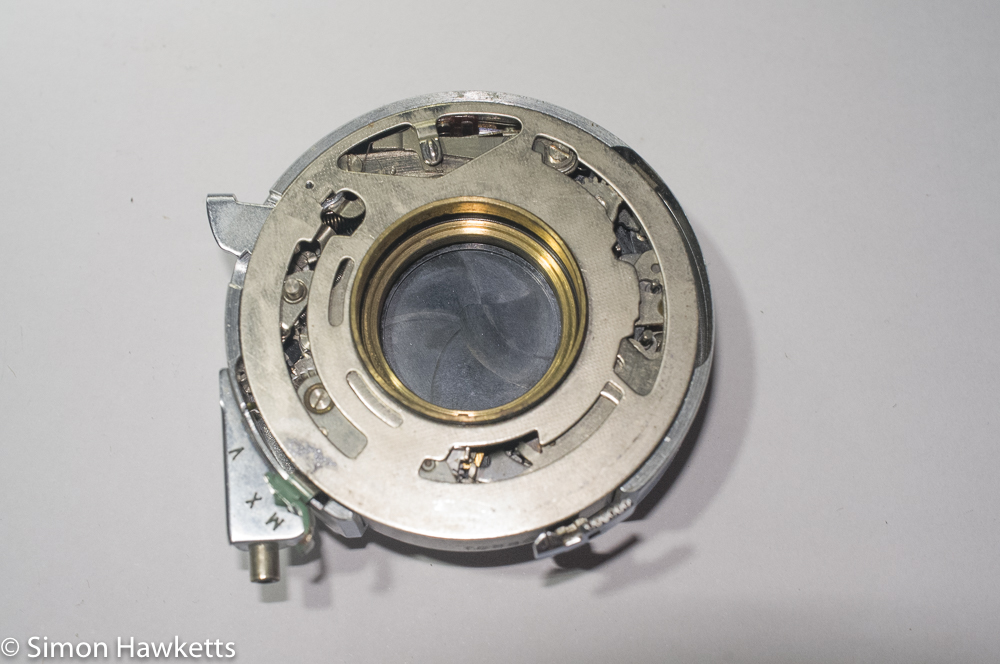
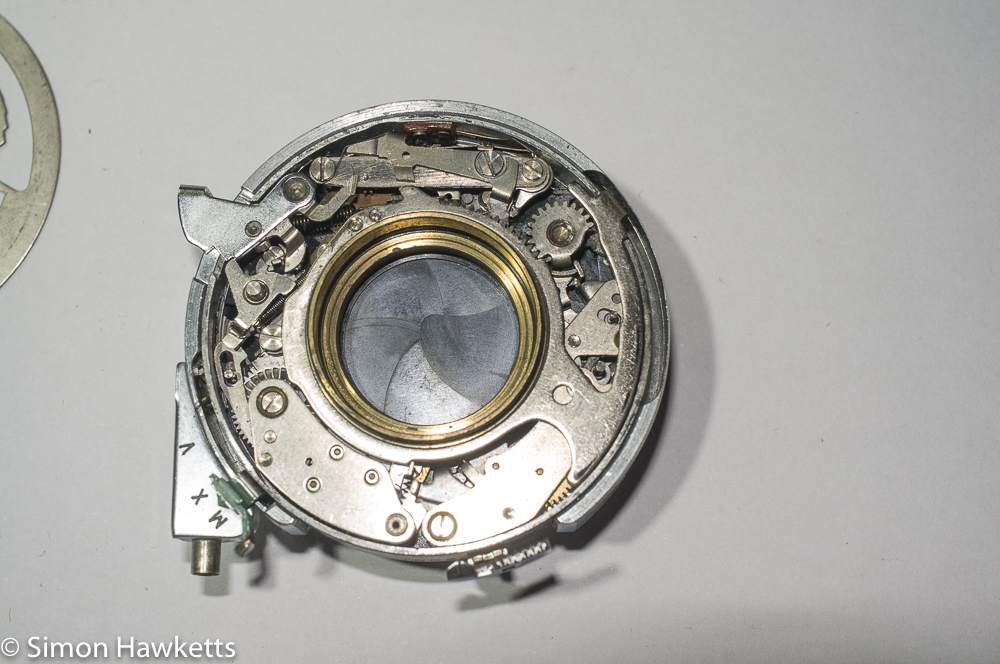
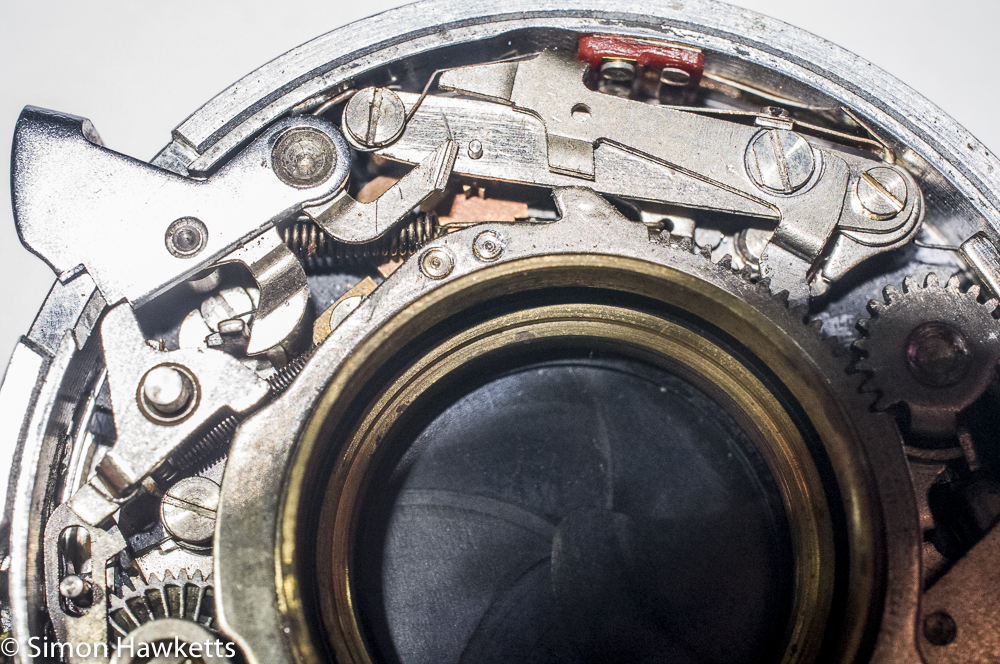
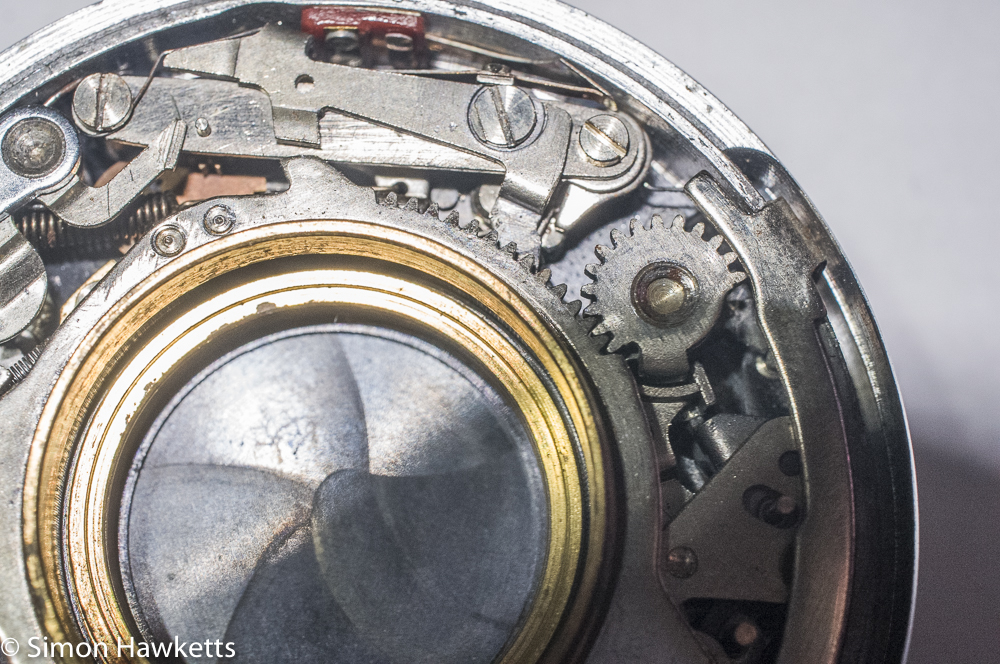
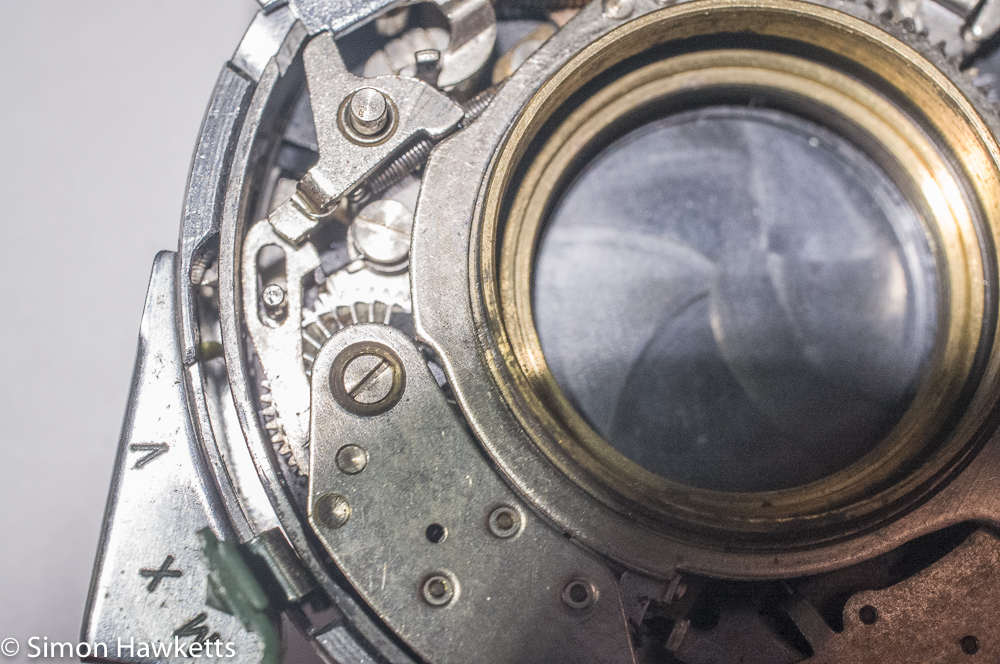
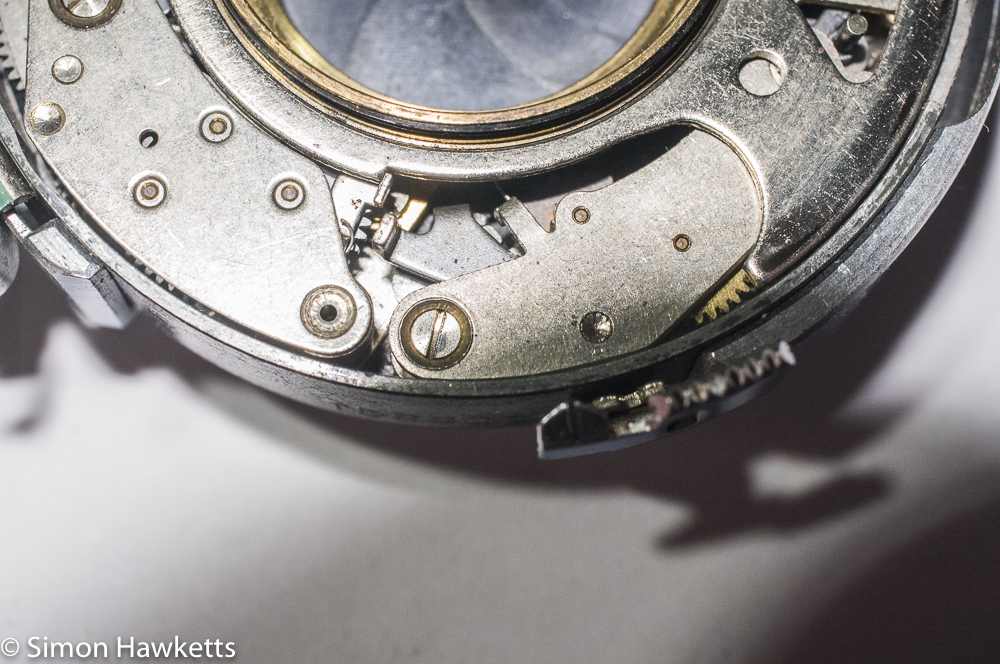
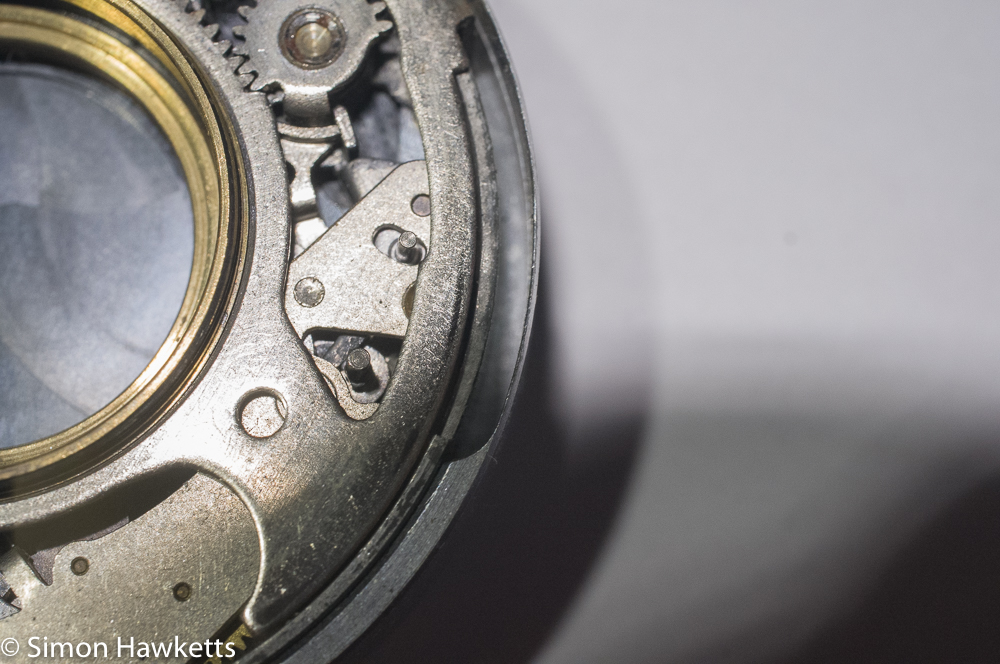

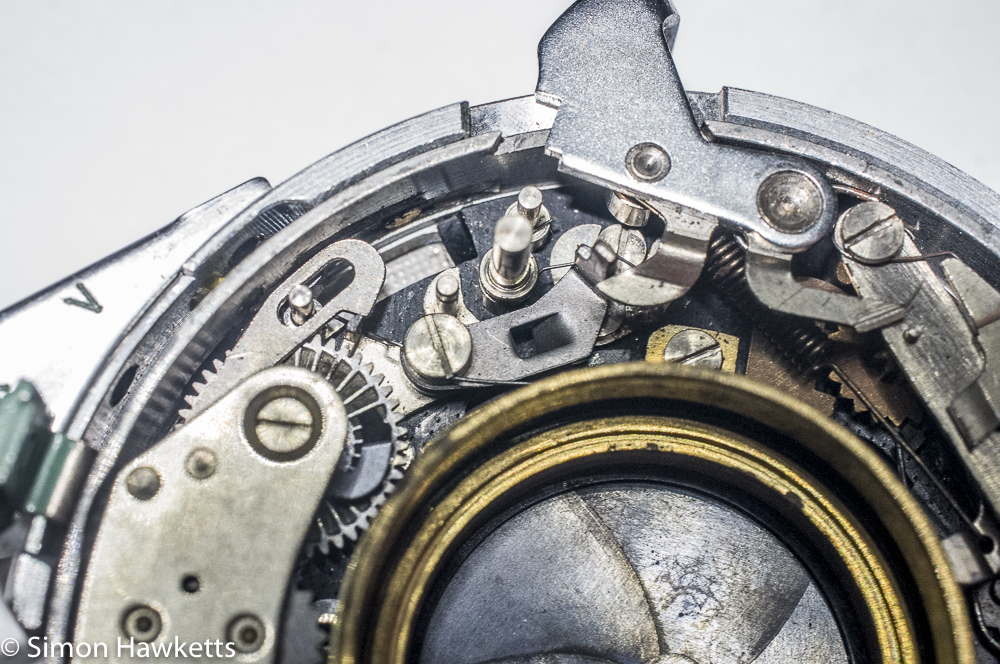
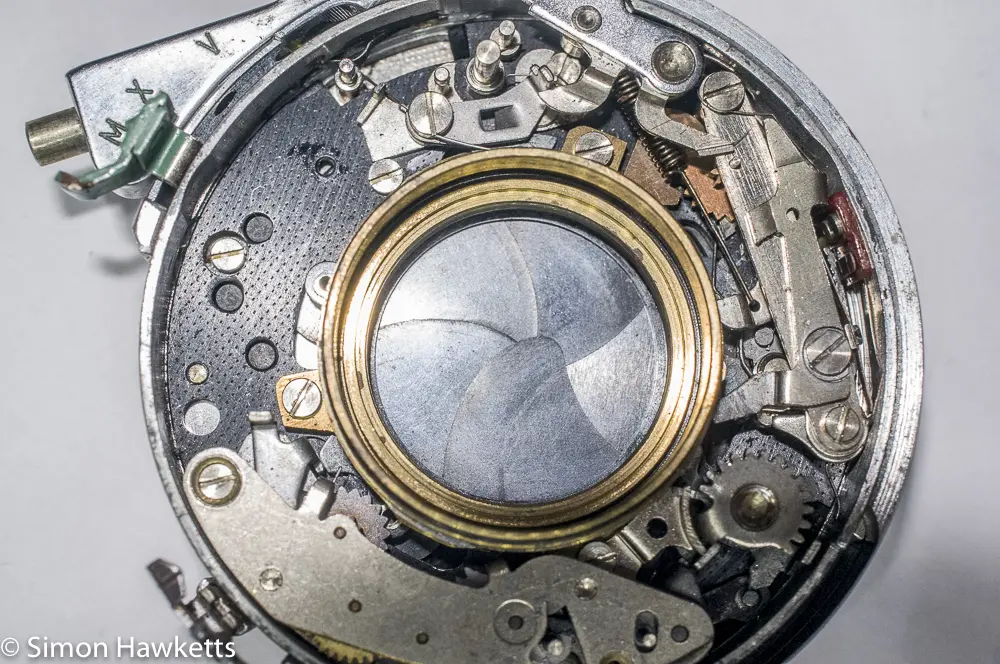
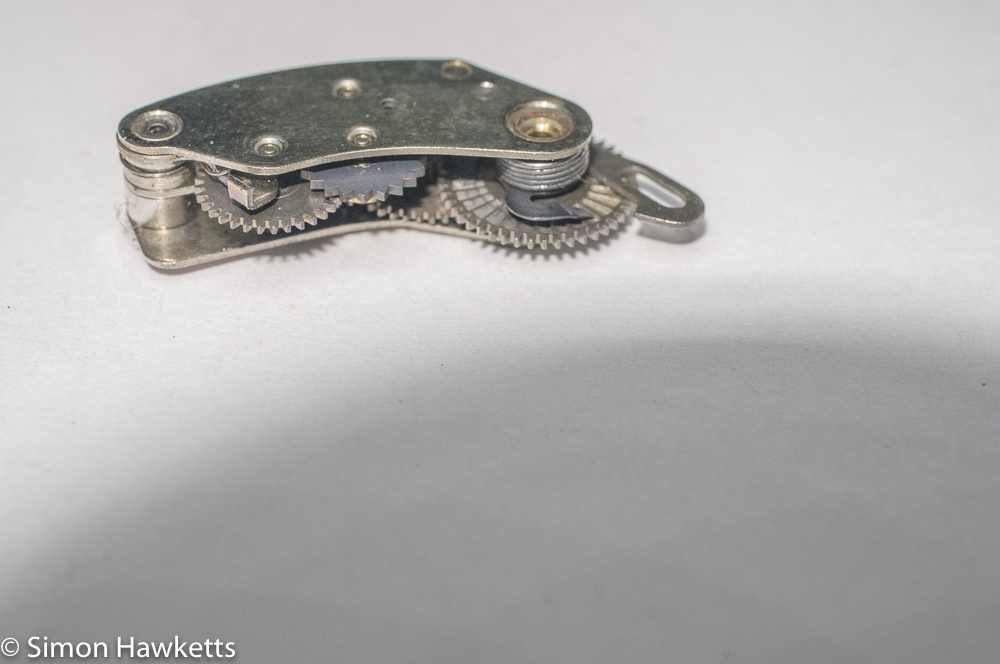
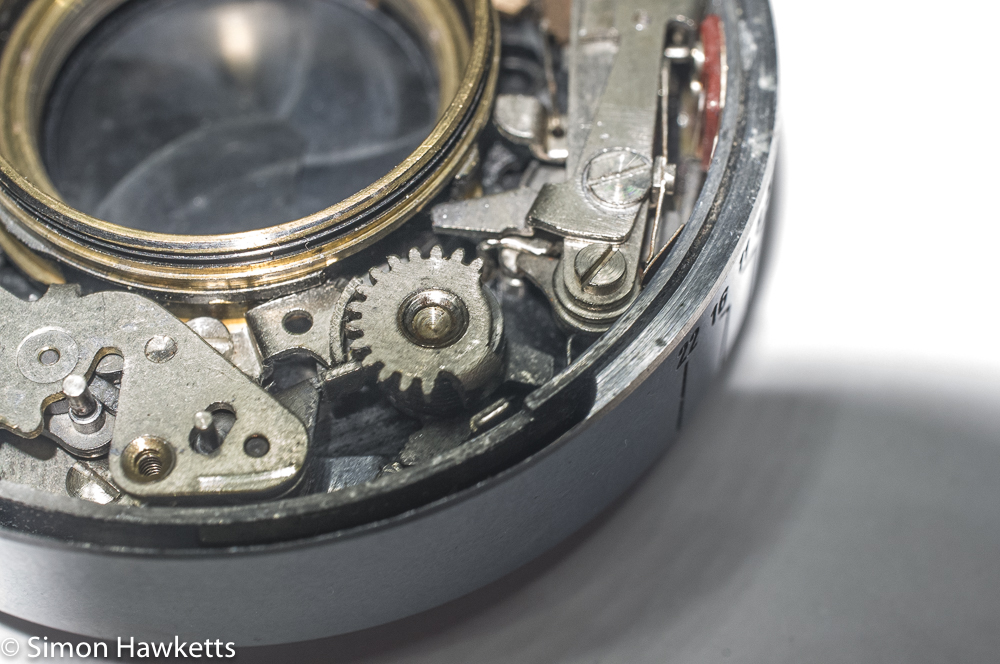
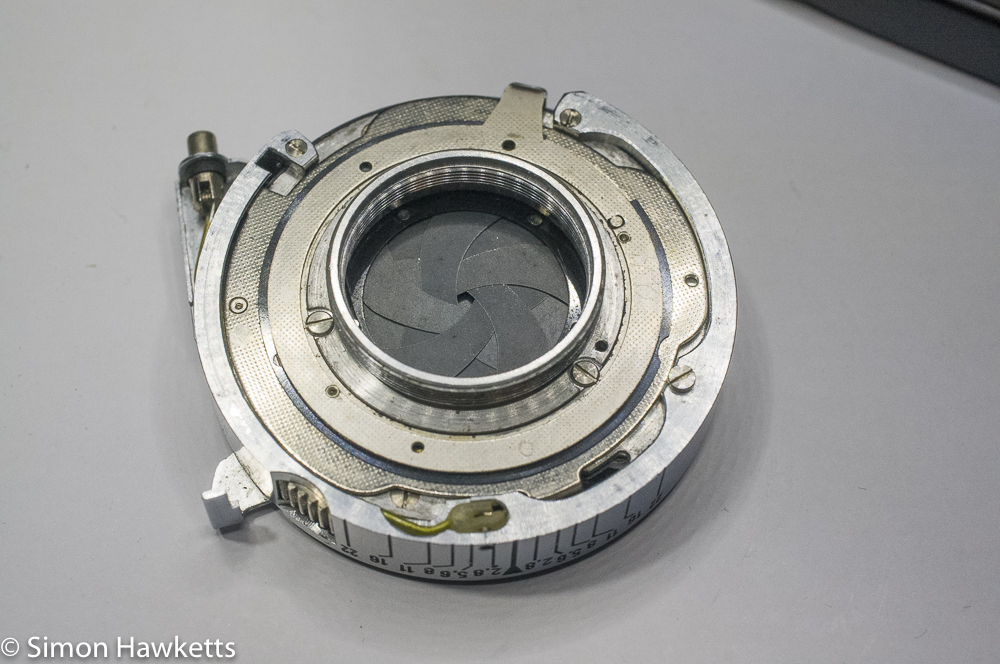

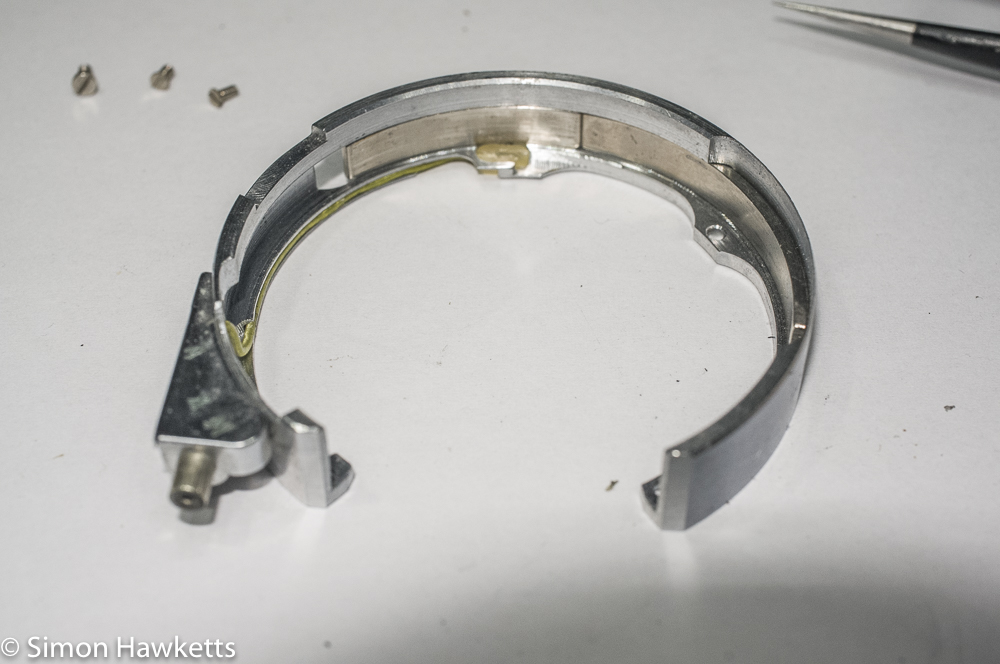
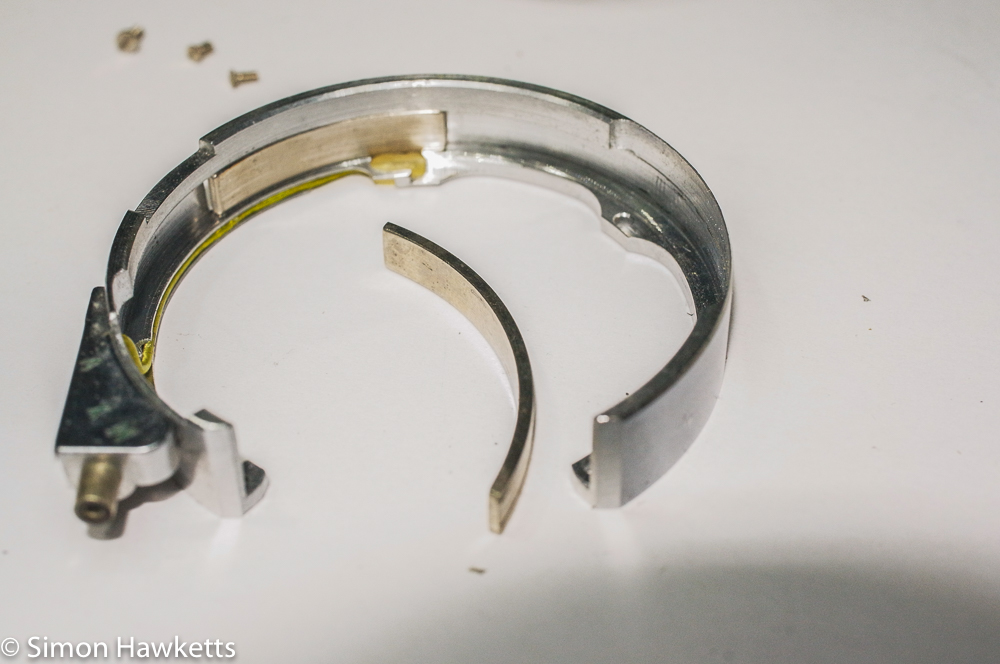
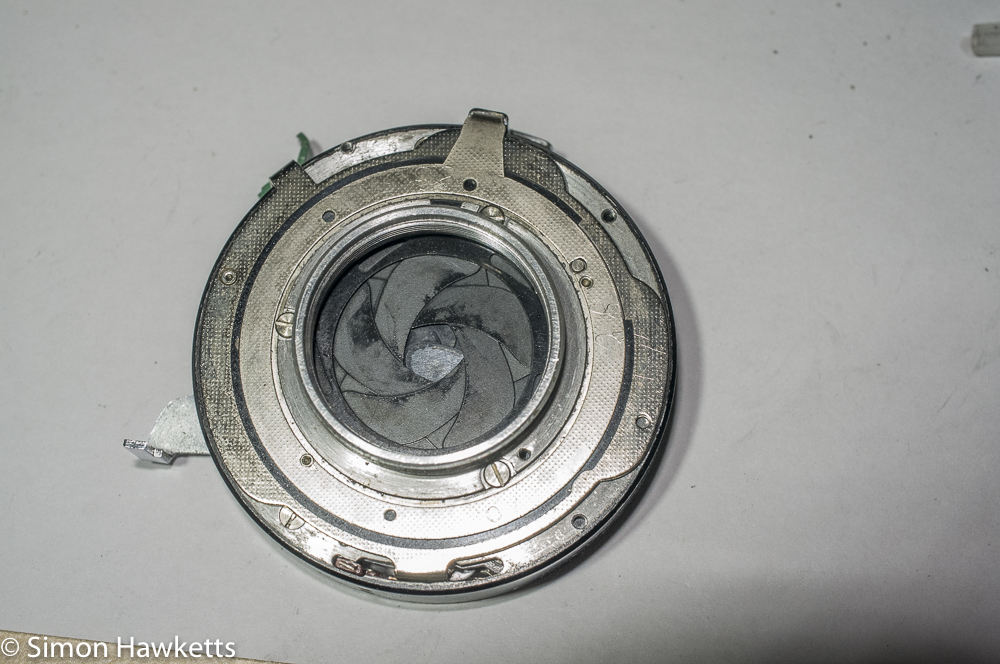
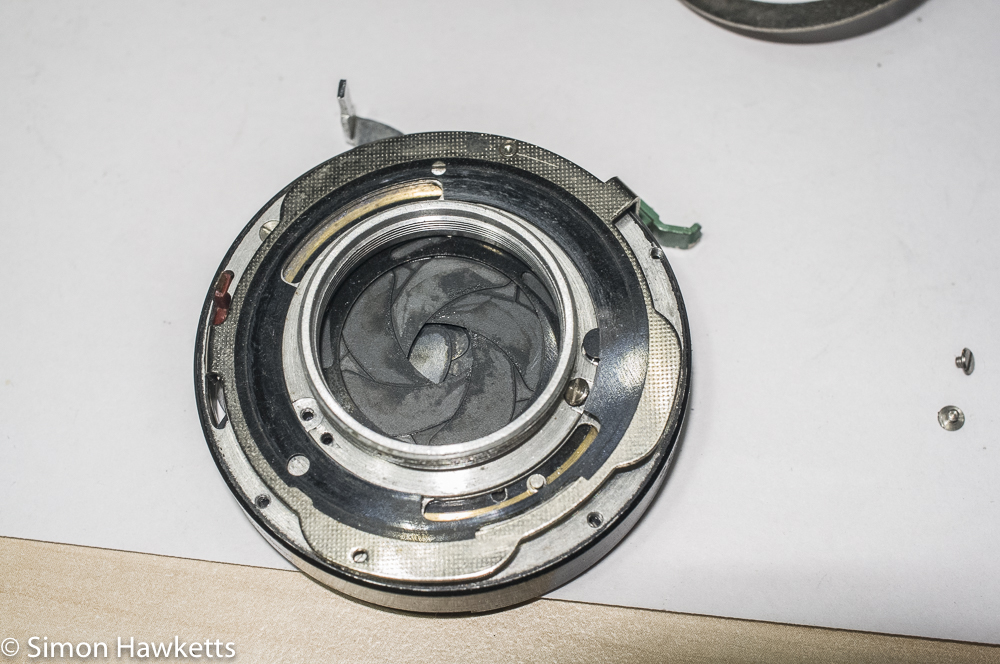
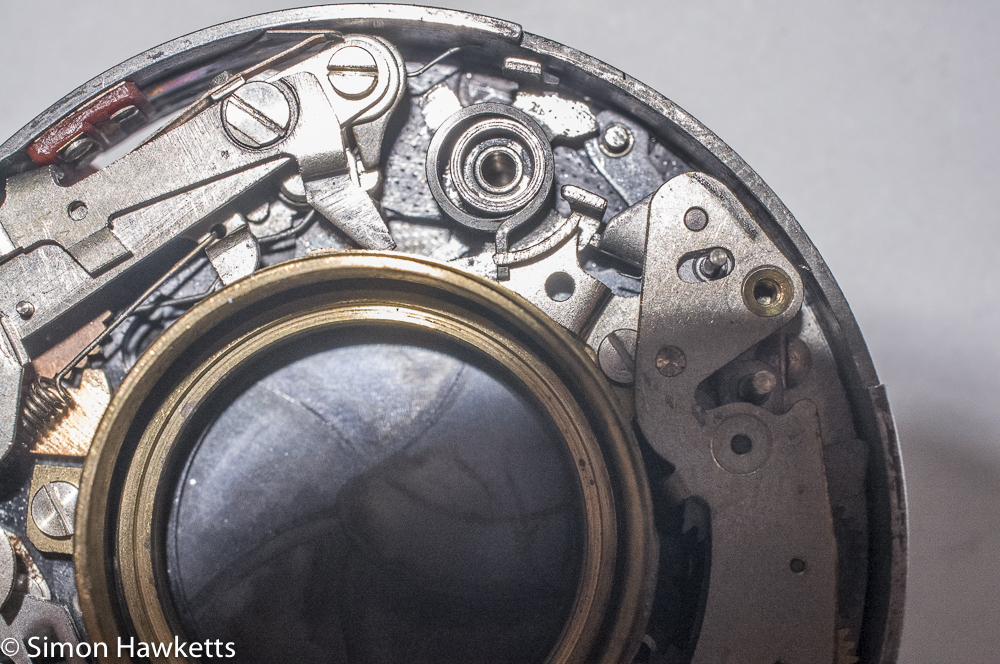
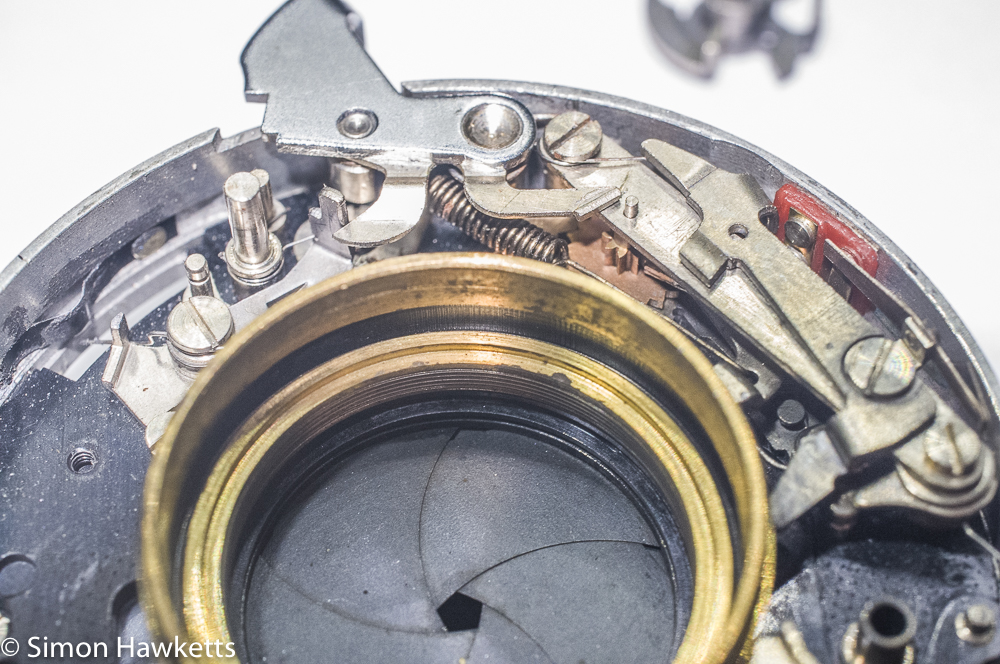
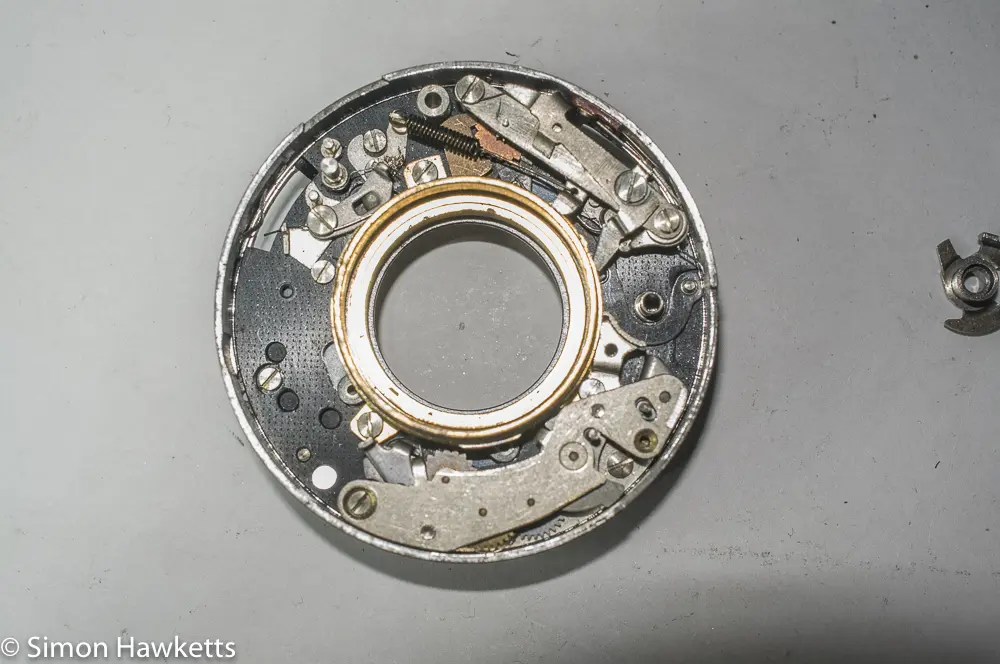
The actual process of striping the shutter down was not too hard. The pictures above show the general procedure, but I’ll highlight in the notes here anything which I think is worth noting.
The first part of stripping the lens down involves removing the front lens element which just takes a quarter turn to lift it away. This reveals a single black screw which holds the locking ring which, when removed, allows a fairly obvious set of covers and rings to be removed. Take care with the shutter speed ring because there is a inner ring which mates with the EV adjuster and controls the aperture scale ring, and without care it can drop out and get damaged.
Once I had the compur synchro shutter stripped down to this stage, I took a series of pictures (shown above) just to make sure I had as much information as possible when it came to putting the shutter back together.
Once I’d taken the speed setting ring off, the next obvious move was to remove the cocking ring, which has a single spring which is attached to a post near the shutter release. With the cocking ring off, I then removed the single screw which holds the self-timer escapement in place and lifted it out of the shutter.
When I tested the self-timer I found that it actually ran down quite well, but just to be on the safe side I flushed it with some IPA, working it a few times in the solvent to make sure the old grease and dust was removed.
With the self-timer removed from the shutter, I then also lifted out the shutter release mechanism, the main spring and the mechanism which rotates to move the pins which open and close the actual shutter blades. Several of these components were quite heavily contaminated with old grease and dirt, so I gave them all a clean in IPA to remove it.
With the shutter stripped down to this point, I set about cleaning the slow speed escapement which was still fitted to the shutter assembly. In the picture to the left, it is the large mechanism shown to the bottom of the shutter.
Although I could have removed it to clean, that would mean I’d have to calibrate the shutter times by re-positioning it as I refitted it and without a proper method to time the shutter I didn’t want to do that. So I held the shutter on it’s side in a small pot with the escapement at the bottom and flushed it with IPA, running it as I did and then blowing the solvent away with a Giotto blower. Although this could lead to the old grease being washed into the shutter or aperture blades, I made sure I used lots of clean solvent, and fortunately I didn’t seem to have any problems.
Once the slow speed escapement was cleaned, I reassembled the compur synchro shutter by basically doing the reverse of the dismantling, making sure each piece was properly cleaned and if necessary using a tiny amount of lithium based grease. The pictures I took earlier were invaluable as they were a good reference to make sure I positioned everything correctly.
The only part of the re-assembly which was slightly tricky was fitting the shutter speed outer ring, which has an inner ring which controls the aperture scale and needs to also mate with the EV setting pointer. Other than that everything went back quite nicely, and when it was finally assembled I’m glad to say that all the speeds are working without hesitation and certainly sound close to the correct speeds.
At the moment I haven’t refitted the compur synchro shutter to the camera because I’m going to clean and re grease the focus helicoid and that will be the subject of my next post.
Discover more from Everything Vintage
Subscribe to get the latest posts sent to your email.

